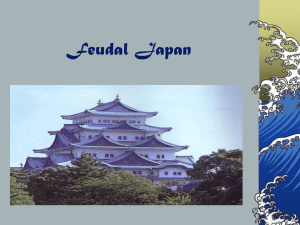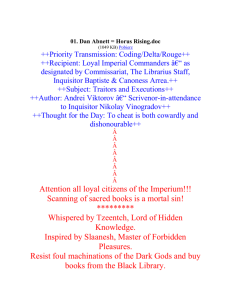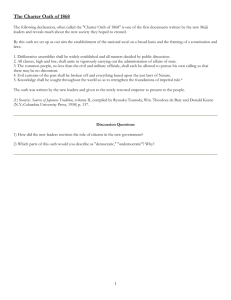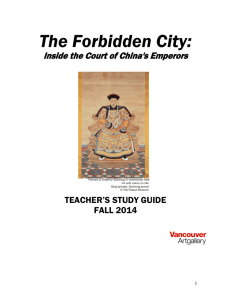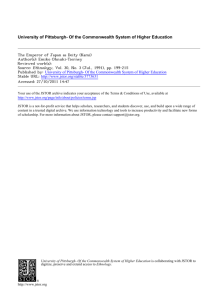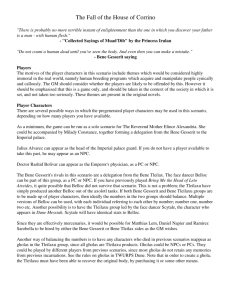Theories of the Origins of Government: Evolutionary & Divine Right
advertisement
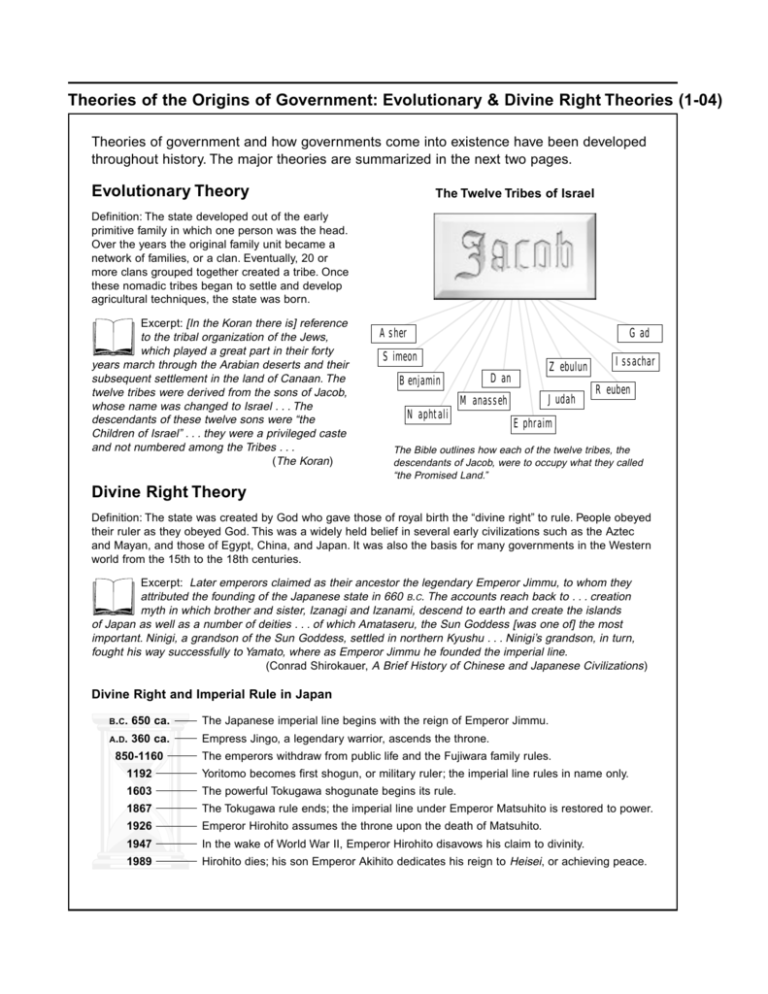
Theories of the Origins of Government: Evolutionary & Divine Right Theories (1-04) Theories of government and how governments come into existence have been developed throughout history. The major theories are summarized in the next two pages. Evolutionary Theory The Twelve Tribes of Israel Definition: The state developed out of the early primitive family in which one person was the head. Over the years the original family unit became a network of families, or a clan. Eventually, 20 or more clans grouped together created a tribe. Once these nomadic tribes began to settle and develop agricultural techniques, the state was born. Excerpt: [In the Koran there is] reference to the tribal organization of the Jews, which played a great part in their forty years march through the Arabian deserts and their subsequent settlement in the land of Canaan. The twelve tribes were derived from the sons of Jacob, whose name was changed to Israel . . . The descendants of these twelve sons were “the Children of Israel” . . . they were a privileged caste and not numbered among the Tribes . . . (The Koran) Gad Asher Simeon Zebulun Dan Benjamin Judah Manasseh Naphtali Issachar Reuben Ephraim The Bible outlines how each of the twelve tribes, the descendants of Jacob, were to occupy what they called “the Promised Land.” Divine Right Theory Definition: The state was created by God who gave those of royal birth the “divine right” to rule. People obeyed their ruler as they obeyed God. This was a widely held belief in several early civilizations such as the Aztec and Mayan, and those of Egypt, China, and Japan. It was also the basis for many governments in the Western world from the 15th to the 18th centuries. Excerpt: Later emperors claimed as their ancestor the legendary Emperor Jimmu, to whom they attributed the founding of the Japanese state in 660 B.C. The accounts reach back to . . . creation myth in which brother and sister, Izanagi and Izanami, descend to earth and create the islands of Japan as well as a number of deities . . . of which Amataseru, the Sun Goddess [was one of] the most important. Ninigi, a grandson of the Sun Goddess, settled in northern Kyushu . . . Ninigi’s grandson, in turn, fought his way successfully to Yamato, where as Emperor Jimmu he founded the imperial line. (Conrad Shirokauer, A Brief History of Chinese and Japanese Civilizations) Divine Right and Imperial Rule in Japan B.C. 650 ca. The Japanese imperial line begins with the reign of Emperor Jimmu. A.D. 360 ca. Empress Jingo, a legendary warrior, ascends the throne. 850-1160 The emperors withdraw from public life and the Fujiwara family rules. 1192 Yoritomo becomes first shogun, or military ruler; the imperial line rules in name only. 1603 The powerful Tokugawa shogunate begins its rule. 1867 The Tokugawa rule ends; the imperial line under Emperor Matsuhito is restored to power. 1926 Emperor Hirohito assumes the throne upon the death of Matsuhito. 1947 In the wake of World War II, Emperor Hirohito disavows his claim to divinity. 1989 Hirohito dies; his son Emperor Akihito dedicates his reign to Heisei, or achieving peace.

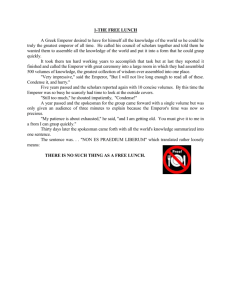

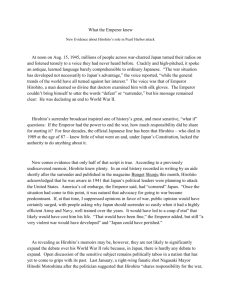
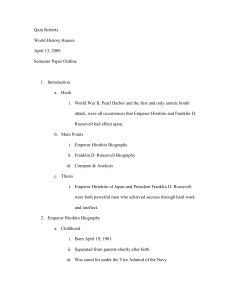

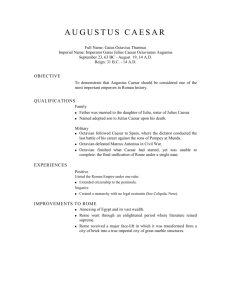
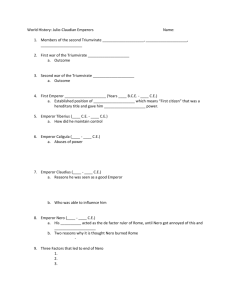

![Procopios: on the Great Church, [Hagia Sophia]](http://s3.studylib.net/store/data/007652379_2-ff334a974e7276b16ede35ddfd8a680d-300x300.png)
